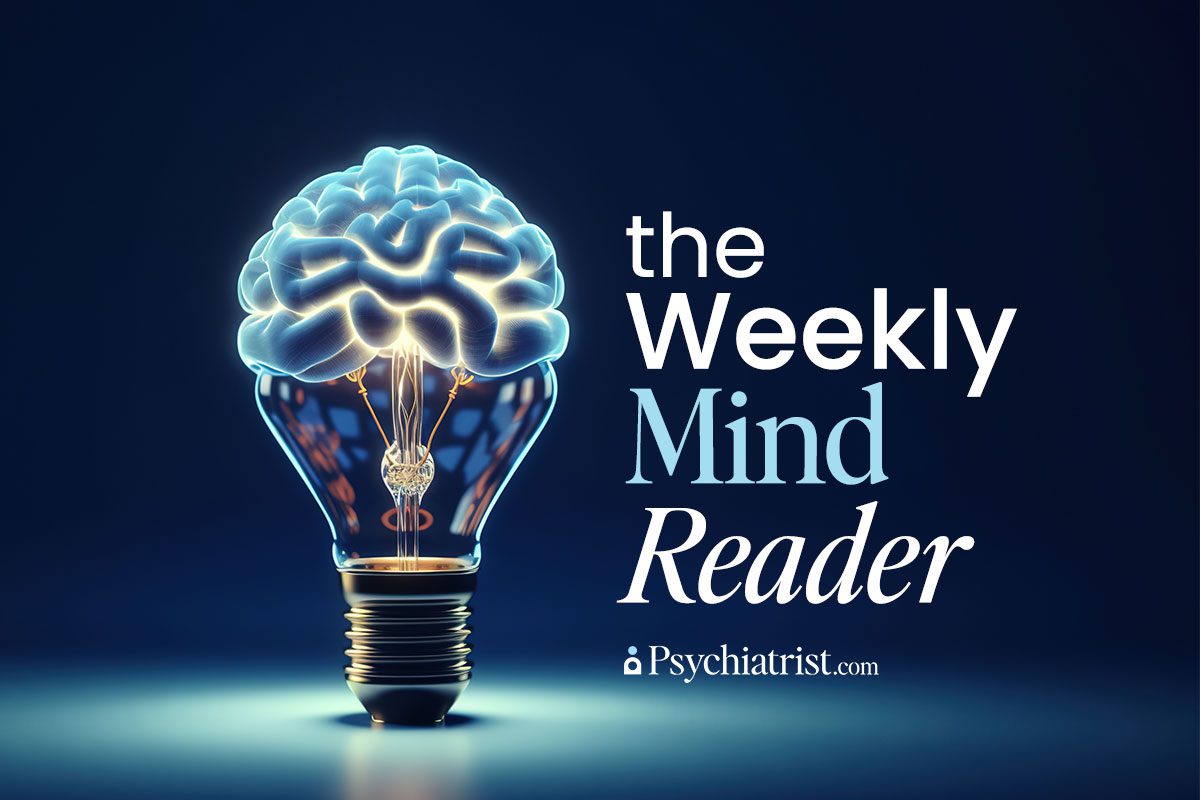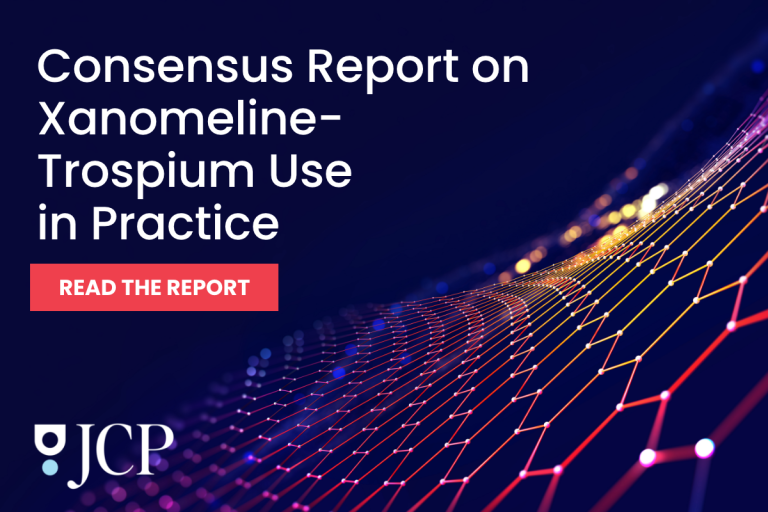Auditory verbal hallucinations remain one of the more unsettling hallmarks of schizophrenia. For decades, neuroscientists have theorized that these hallucinations might crop up when the brain fails to recognize its own internal speech.
Now, new research – appearing in the journal Schizophrenia Bulletin – seems to back that up. The research nails down distinct disruptions in the neural mechanism that’s supposed to distinguish one’s inner speech from external sounds.
The findings, drawn from research spanning both Australia and Hong Kong, lend credence to the idea that some hallucinated voices might be the brain’s own thoughts. Specifically, the authors blame a breakdown in the system known as corollary discharge.
The Science of ‘Inner Speech’
For most, corollary discharge helps the brain parse self-generated sensations from the outside world. When you speak aloud, for example, your brain predicts the sound of your own voice and suppresses part of the auditory response so you’re not startled by it. This neural dampening – known as speaking-induced suppression (SIS) – keeps that internal reality at bay.
But what happens when that breaks down? Previous EEG research showed that people with schizophrenia display weaker SIS responses when speaking aloud.
This new study, however, expands that to encompass the concept of inner speech. By taking a closer look at the brain’s electrical signals as participants imagined saying simple syllables, the researchers wanted to find out whether the same suppression effect was taking place. And whether a lack of it could account for the auditory hallucinations.
Methodology
The research team divided the participants into three groups:
- Patients with auditory hallucinations,
- Patients without hallucinations, and
- Healthy controls.
In each trial, participants saw a visual countdown and, at a precise moment, either imagined saying “ba” or “bi” in their heads (the inner speech), heard one of those syllables through headphones (the audible sound), or did both simultaneously. The key comparison: when inner and outer syllables matched as opposed to when they mismatched.
Healthy participants showed the expected dampening of the N1 wave, an early EEG marker of auditory processing, when their imagined syllable matched the heard one. This, the authors pointed out, indicated successful suppression.
When Inner Speech Misfires
The patients with hallucinations showed the opposite effect. Instead of the normal suppression, their N1 response jumped up. It was as if the sound of their imagined voice had become more salient, not less. Simply put, rather than recognizing the voice, their brains amplified it.
Patients who’d reported a lack of hallucinations displayed a different – but still altered – pattern. They lacked the normal suppression and instead showed reduced responses during mismatched trials.
Overall, the degree of N1 disruption correlated with the severity of hallucinations on standardized rating scales. Those with the most intense auditory hallucinations showed the strongest reversal of the suppression effect.
Implications for Understanding Hallucinations
The study provides rare physiological evidence that inner-speech-induced suppression crumbles in schizophrenia, particularly among those hearing voices. The authors suggest that this failure of corollary discharge could make self-generated thoughts feel alien, feeding the experience of external “voices.”
“This enhancement of auditory salience may blur the boundary between self and world,” the authors write, “leading to the misperception of inner speech as external.”
Notably, even patients not hallucinating still showed abnormal patterns, hinting that this dysfunction might serve as a biomarker for schizophrenia spectrum disorders more broadly. The researchers propose that mild versions of the “inner speech boost” might underlie hallucination vulnerability, while more severe disruptions could produce active symptoms.
Clinical Applications
Objective EEG markers of inner-speech dysfunction could one day help identify individuals at risk for psychosis or monitor treatment responses.
If future efforts could replicate these results in longitudinal studies, the neural signatures could become powerful clinical tools. They might one day even guide interventions that retrain self-monitoring systems – through neurofeedback, speech-timing therapies, or brain-stimulation approaches.
Ultimately, the study reinforces just how fragile our sense of self can be. And how much it relies on precise brain timing. For most of us, that voice inside the head is comfortably familiar. For others, when corollary discharge falters, that inner voice can become a stranger.
This new data doesn’t just illustrate the results of a rigorous test of a decades-old theory. It represents an optimistic step toward a better understanding of the voices inside our heads.
Further Reading
How Social Thinking Shapes Recovery in Early Schizophrenia
AI Pinpoints Schizophrenia, Bipolar Brain Signatures
Semaglutide Injections Boost Metabolic Health in Schizophrenia



